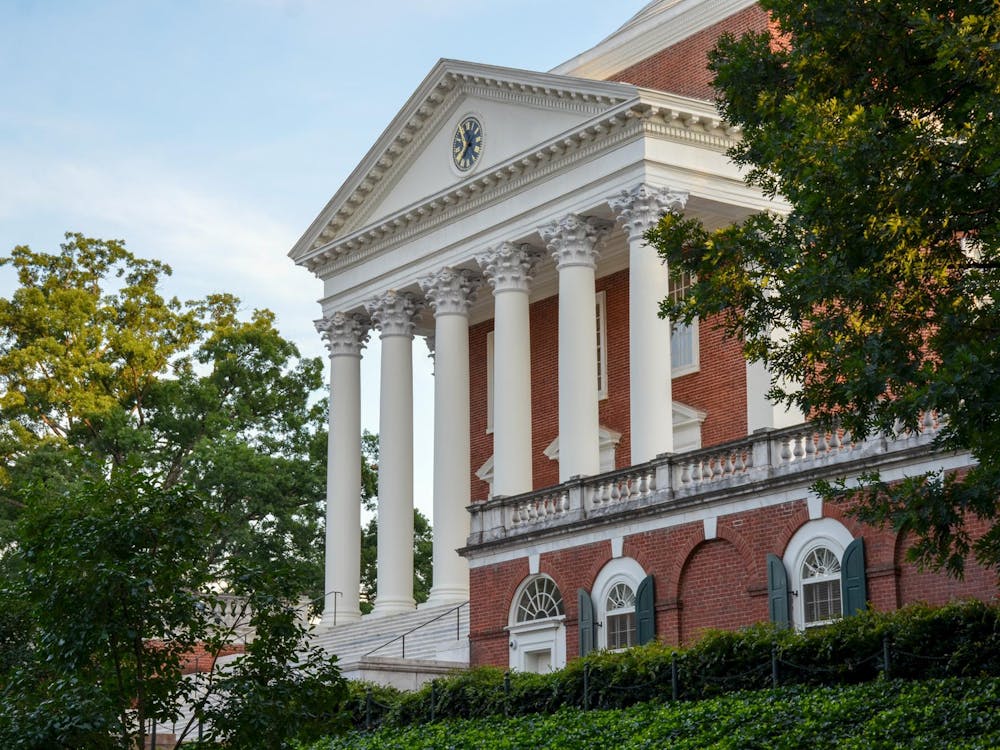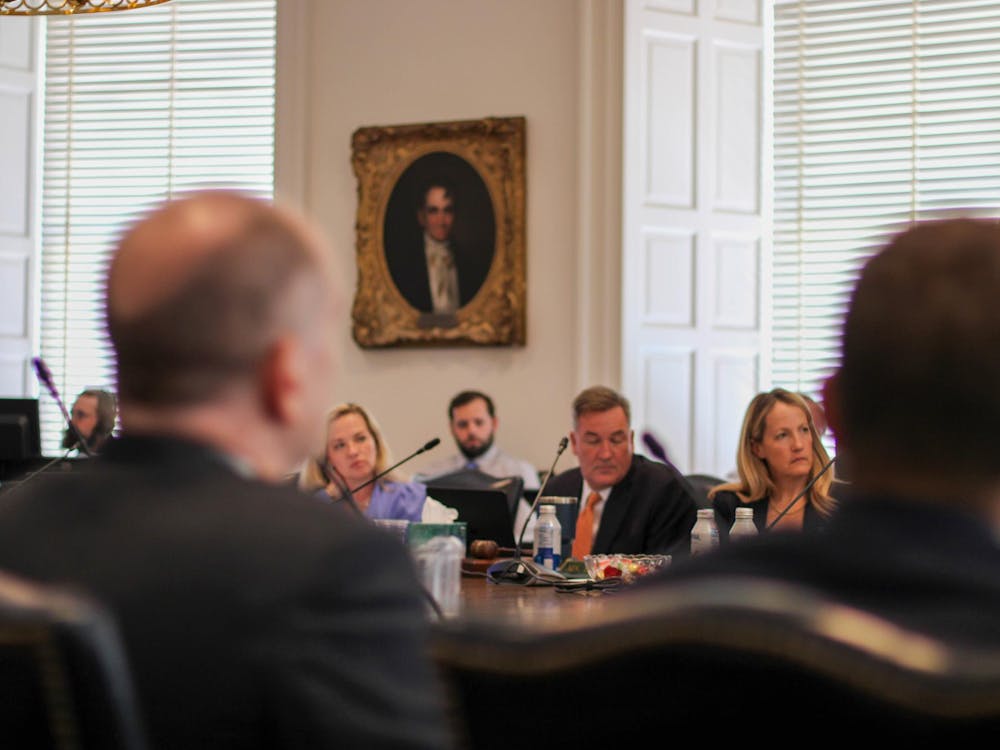From the oceanfront to the Blue Ridge, it is easy to carry on in Virginia without engaging with the UNFCCC, the COPs, the looming INDCs, or the many more wonky acronyms that come along with the UN climate negotiations. For the record, the UNFCCC is the United Nations Framework Convention on Climate Change, and it serves as the international negotiating body to develop agreements that aim to “prevent dangerous anthropogenic interference with the climate system.” COP is the Conference of the Parties — these are the UN “Climate Talks” which take place at the end of every year to bring all the parties of the UNFCCC together. And INDCs are Intended Nationally Determined Contributions, but we’ll get to those later.
Virginia, and all other states, are operating on a mirror timeline of decision making to the UN Climate Talks. This summer, the EPA proposed the Clean Power Plan, which tasks each state to develop a unique carbon reduction plan. The last day that the EPA was accepting comments on the Clean Power Plan was December 1st, which also marked the first day of COP20, the 20th round of the UN Climate Talks currently underway in Lima, Peru.
The goal of this round of the Talks is to build the framework and criteria of the next global climate treaty, which will be signed at COP21, the following round of talks that will take place in 2015 in Paris. All countries must submit an Intended Nationally Determined Contribution (INDC) to the agreement, which is essentially a country-specific mitigation target. These submissions are expected by March 2015, with a hard deadline in June 2015, the same time that the EPA intends to finalize the Clean Power Plan. States’ reactions and alterations to the Clean Power Plan before this time will affect the mitigation target for the United States and therefore will play a role in shaping the outcome of the 2015 Paris Agreement.
The Paris Agreement, as well as the Clean Power Plan, are set to go into effect in 2020. The strength of this policy will show the ambition of countries to tackle climate change and will reveal if we are able to prevent warming exceeding two degrees Celsius. Two degrees is the politically and scientifically agreed upon limit of warming beyond which we are projected to experience catastrophic effects of an altered climate system.
So, where do states stand right now concerning climate action? There is great variety in state action across the nation. Currently, ten states are engaged in market-based cap-and-trade programs for greenhouse gas reduction, 29 states have mandatory Renewable Portfolio Standards (RPS) to spur development of carbon free power production, and 27 states have developed energy efficiency standards to reduce overall energy consumption. Virginia does not have a mandatory statewide RPS and falls at the bottom of the rankings nationally for the development of any utility scale wind and solar energy production.
Two weeks ago, I traveled with 15 University students to Richmond to attend a Virginia General Assembly meeting on the EPA’s Clean Power Plan. The meeting covered many topics concerning climate policy and energy distribution in Virginia, but our primary takeaway was that our legislators lack an understanding of the timeline and the larger political setting of global climate science and climate action in which they are working.
Given that the United States holds the record by far for the largest amount of carbon emitted into the atmosphere historically, it is imperative for the United States to commit to bold action to spur ambition from countries around the world leading up to the Paris agreement. For the United States to commit to bold climate action and submit a just INDC, our states must take on the task of reducing carbon emissions locally and leading the charge for local adaptation efforts.
The honest reality is that the EPA’s Clean Power Plan is still not nearly enough. Even if the Plan goes through without being turned into a swiss cheese form of policy, the United States still has a great deal of work to do in order to produce a plan to support the international effort to stay below the 2 degree Celsius warming limit. The EPA’s Clean Power Plan may be the best policy option that we have right now for greenhouse gas mitigation, but it is one of the many pieces of the global puzzle that currently are not adding up to meet climate stabilization goals.
States have the opportunity to lead on the development of climate policy internationally and must strive to go beyond their assigned carbon reduction targets. Virginia cannot make climate policy decisions from the perspective of a single state actor. However Virginia will develop, or fail to develop, climate policy will affect the ability to build a successful international climate treaty to support the development of just and stable word.
Dyanna Jaye is a fourth-year in the College.






